do carpenter ants bite
 Do Carpenter Ants Bite Humans? - Ants.com
Do Carpenter Ants Bite Humans? - Ants.comCan Carpenter ants bite you? Carpenter ants are black, red or brown ants that tunnel through the wood to form colonies. They live in the United States, especially in the north. There are more than 1,000 species of carpenter ants. These ants rarely bite humans, and their bites are not harmful. You may feel a burning sensation after a bite, but you should disappear after a short time. Carpenter ants can bite you, but it's not common. They'll probably do it in self-defence. These bites are not dangerous to your health. The bites of the carpenter ant are not severe and do not appear as a different bite or bite of the bug. You may notice a bite if you have been out and near a colony. There is a possibility that your skin may be a little red in the color of the bite, but it should not be severe. You could feel a burning sensation after the bite. These symptoms will not complain. Generally, carpenter ants are red or black in color or a combination of both. They can also be brown. Carpenter ants have six legs, three sections of the body, antenna and sometimes wings. Carpenter ants can be between 1/4 and 3/4 inch in length. In the United States they live mainly in the northern part of the country. Fire ants against carpenter ants Carpenter ants are not harmful to humans, but they can be. While carpenter ants can give you a mild bite, fire ants can swarm and sting. These bites are very painful and result in a raised area shaped like grains forming in the skin. You can get an infection or experience an allergic reaction of the ants of fire. Fire ants are very small, usually 1/4 inch or less. Its colouring is reddish brown. They are aggressive and live in high mounds of the earth. They are common in the south of the United States. Fire ant bites are quite common. One study found that of those living in Texas had experienced an ants of fires in that year. Carpenter ant vs. termitesTermites, like carpenter ants, white wood and chew through it very quickly. But the termites really eat the wood, unlike carpenter ants. The termites can destroy wooden structures in your home very quickly if you do not treat infestations very soon after you begin. It's unlikely a termite will bite you. The termites live around the United States and will often come to a new habitat like winged insects. They spilled their wings once they found a new place to feed. Carpenter ants can be wings, with wings that are larger at the top than at the bottom. The termites have wings that are of the same size from top to bottom. The termites have straight-tipped antennas, and the ants have antennas at an angle of 90 degrees. Carpenter ant bites are minor irritations, so it may be unnecessary to do anything to treat it. It can avoid being bitten again moving to a different area after noting the bite. If your skin reacts to the bite, you can simply apply it to the area. This may include cleaning the bite site with soap and water and putting a fresh cloth in the area. While carpenter's ant bites must be harmless, there is a possibility that the little thing that you were more dangerous than a carpenter ant. If you experience inflammation, long-lasting pain, fever, or worsening of the bite site, call a doctor. This may be the sign of an infection or allergic reaction. Carpenter ant bites are relatively harmless. But carpenter ants can damage the wood in your house. These insects do not eat wood like termites, but they do tunnels through it to build their colonies. Carpenter ants such as humidity and wood fungus. Areas where there is excess humidity of leakage, precipitation and pondering can be areas that are attractive to them. There are several ways to remove carpenter ants: Consider calling a professional to remove a carpenter ants colony from your home if these methods do not help. How to find a carpenter ants nest There are some visual signs of carpenter ants and their colonies, apart from seeing the insects themselves. You can notice shaves or what appears to be sawn near small 1/8 inch wooden holes. Other signs include dead insects, as well as small pieces of isolation that ants may have excavated. Carpenter ants could also form a colony in rotten or wet wood outside your house, such as wood wood wood, trees or wooden poles. There are many places that can find carpenter ants, which tunnel through the wood to form very large colonies. These ants rarely bite humans. Your bites may burn, but usually do not cause other harmful symptoms. If you have a failure bite with severe symptoms, it may be another insect. You can treat bug bites that do not threaten life with simple initial help. Contact a doctor if you are concerned that the bite may be infected or if you have signs of allergic reaction. Last medical review on August 13, 2020Read this following

Carpenter Ants | Facts & Identification, How to get rid of them
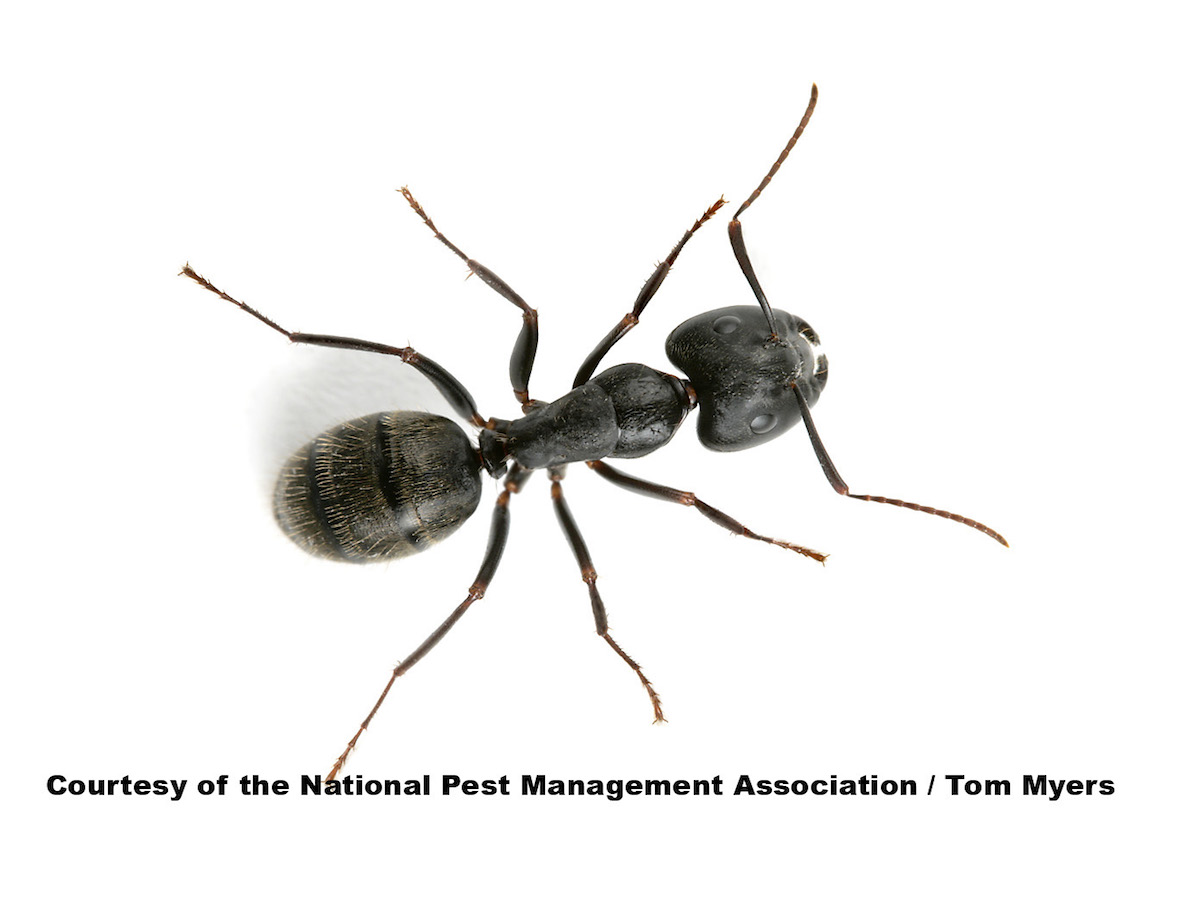
Carpenter Ants: How to Get Rid of Black Carpenter Ants

Pin on Ants

Everything to Know About Ant Bites - Ants.com
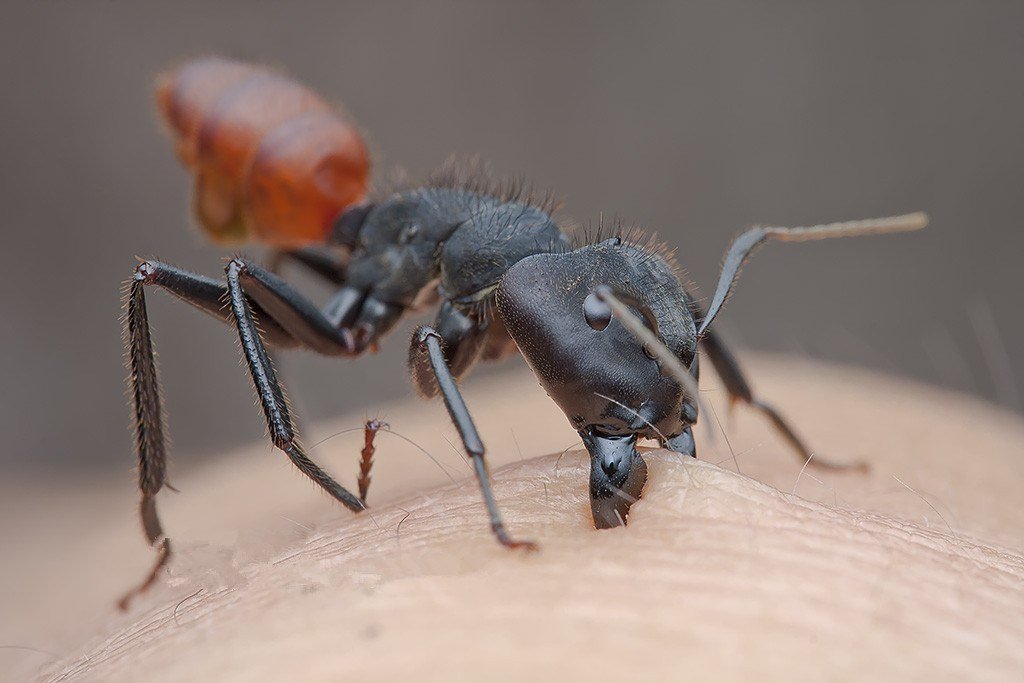
Carpenter Ant Bite: Painful Bites and How to Get Rid of them at Home - Pest Wiki

How To Get Rid of Carpenter Ants | Ehrlich Pest Control
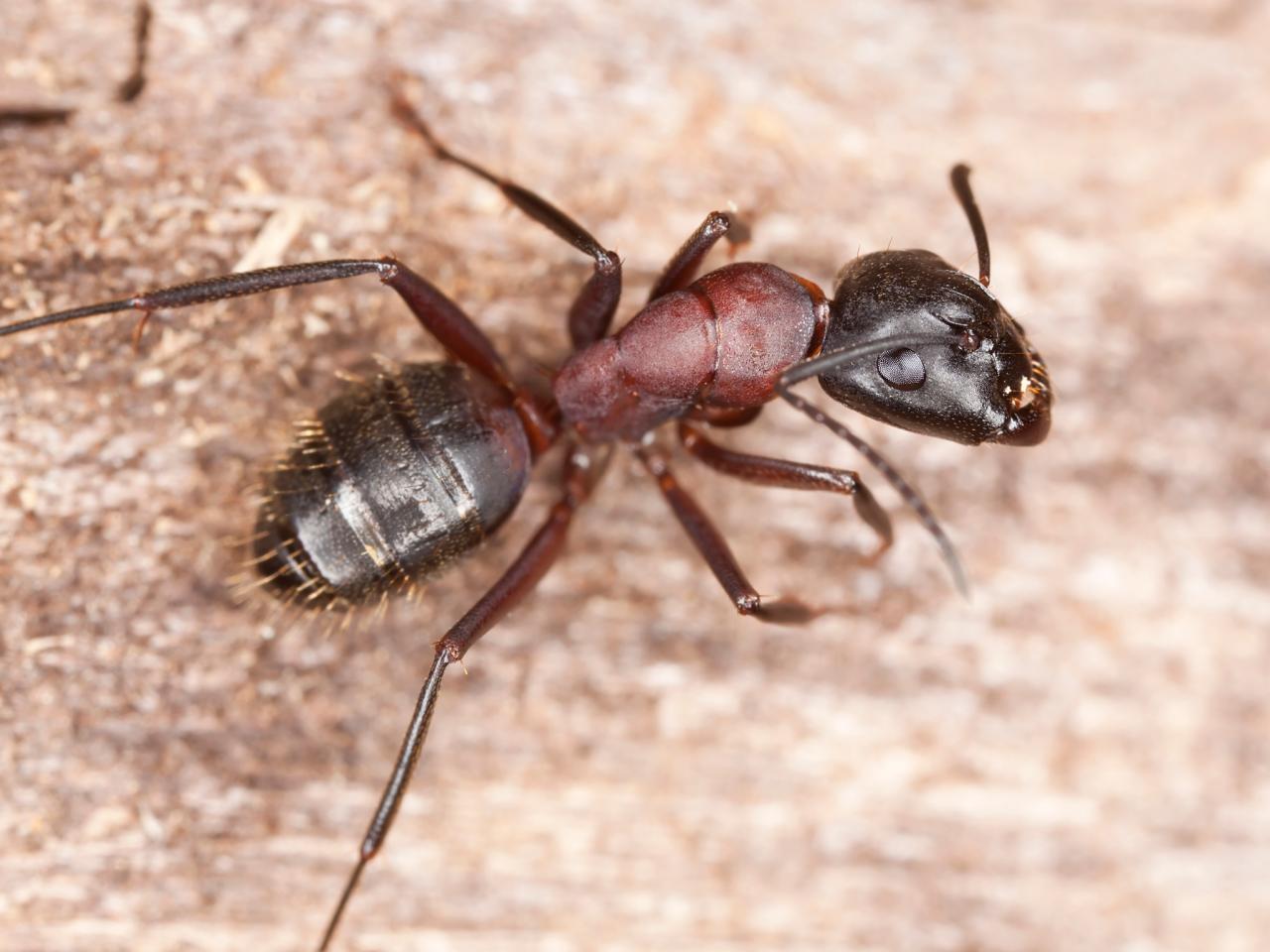
Ways to Send Carpenter Ants on the Run | HGTV
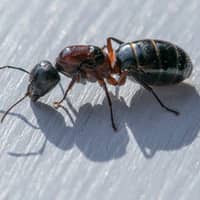
Do Carpenter Ants Bite?
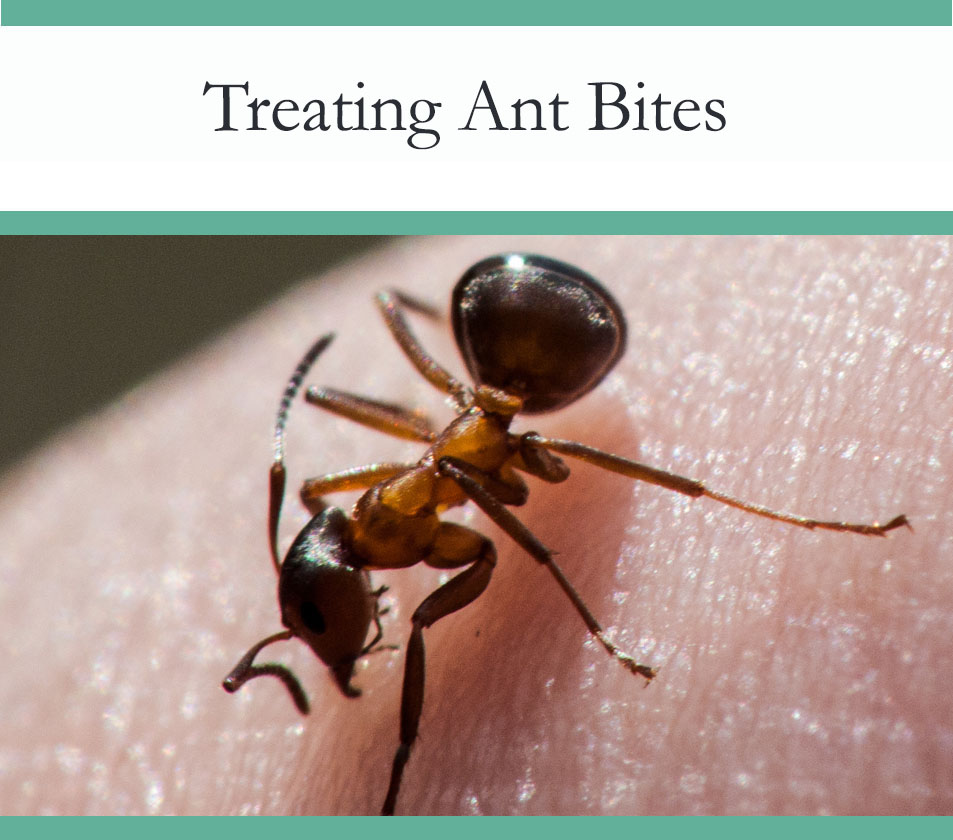
Ant Bites and How to Treat Them - The Pest Advice
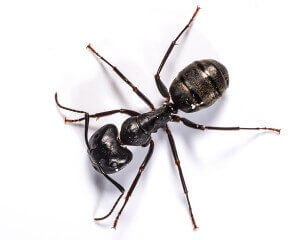
Red Carpenter Ant Bites: Can They Sting or Cause Pain?
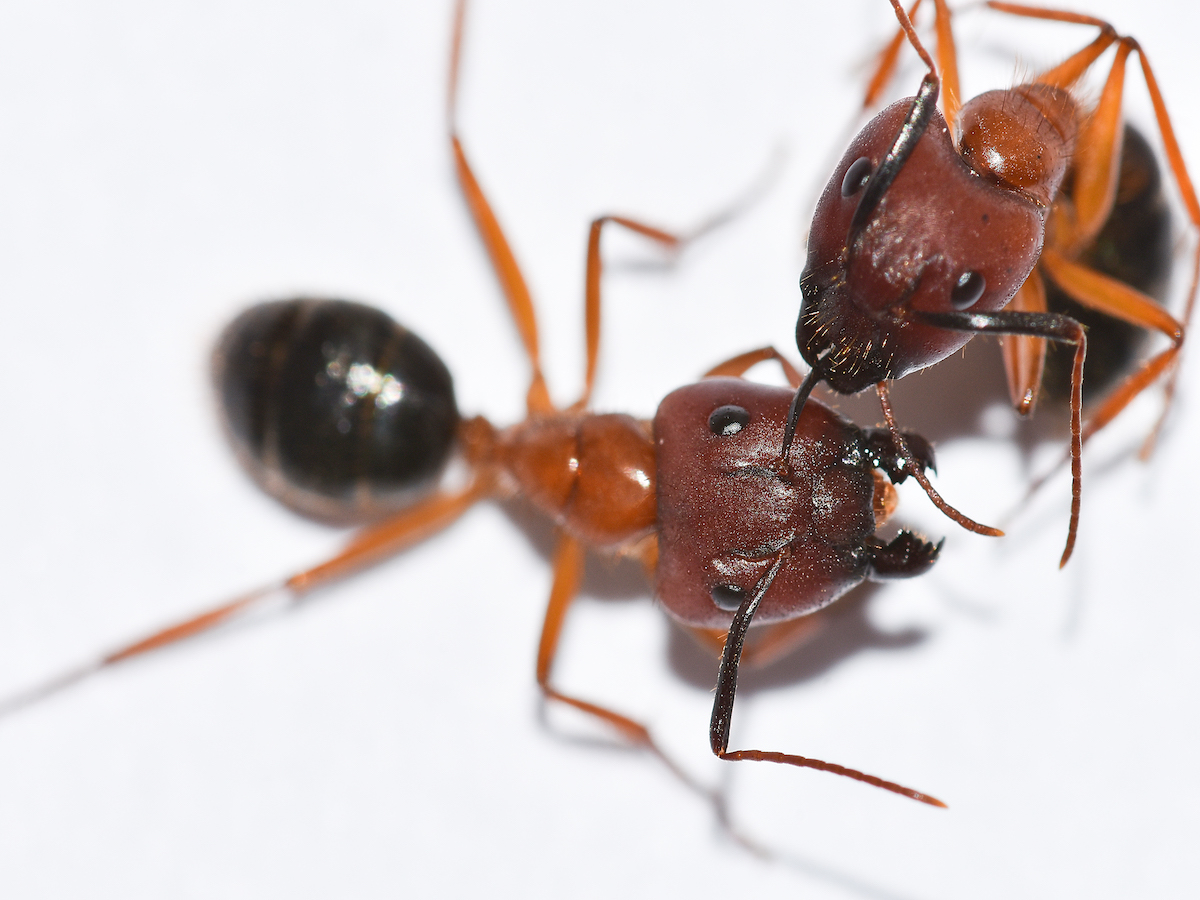
Carpenter Ants: How to Get Rid of Black Carpenter Ants
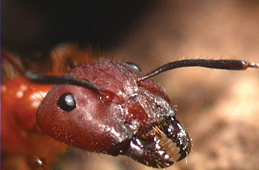
Carpenter Ant Bites: Identify & Treat Bites from Carpenter Ants

Carpenter ant - Wikipedia

The Facts on Ants and Ant Bites – Bug Bite Thing

5 Things You Did Not Know about Carpenter Ants

Giant Ant biting me, ouch! - Field Herp Forum
Carpenter ants around homes - Insects in the City

Carpenter Ant Bite Side Effects, Symptoms, Treatment, and Prevention

Carpenter Ants: How to Get Rid of Black Carpenter Ants

Do All Ants Bite? | Terminix

Which Ants Bite? Four Common House Ants that Bite or Sting
Why do so many tropical ants sting, while those in Boreal latitudes never do?" – MYRMECOS

How to Get Rid of Carpenter Ants — Best Ways to Kill Carpenter Ants

Carpenter Ant Bite Side Effects, Symptoms, Treatment, and Prevention

Giant Ant biting me, ouch! - Field Herp Forum

Carpenter Ant Bite: The Dangers These Ants Pose | ABC Blog

Do All Ants Bite? | Terminix

How To Get Rid of Carpenter Ants | Ehrlich Pest Control

Your Guide to Ant Bites and Stings

Ant Bites and How to Treat Them - The Pest Advice

Spencer Pest ServicesCarpenter Ants - Spencer Pest Services
Florida carpenter ant - Camponotus floridanus (Buckley) and Camponotus tortuganus (Emery)

Black Ants: Bite, Types, Size | Western Exterminator

Carpenter Ants Biology and Habits

Ant Bites: Symptoms, Prevention, Treatment | Health.com

How to Get Rid of Carpenter Ants Naturally (Ultimate Guide) | BugWiz

Carpenter Ant Bites: Do Carpenter Ants Bite?

Carpenter Ant Identification Facts | Holder's Pest Solutions

Do Ants Bite Humans? | INSECT COP
Posting Komentar untuk "do carpenter ants bite"